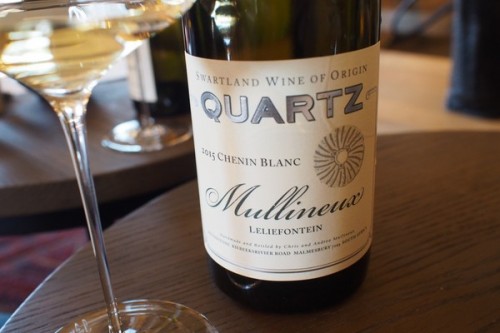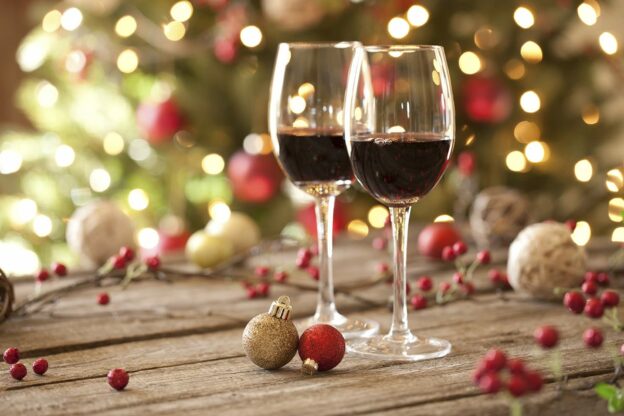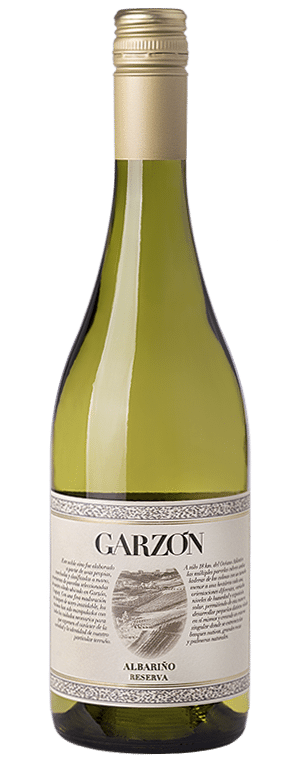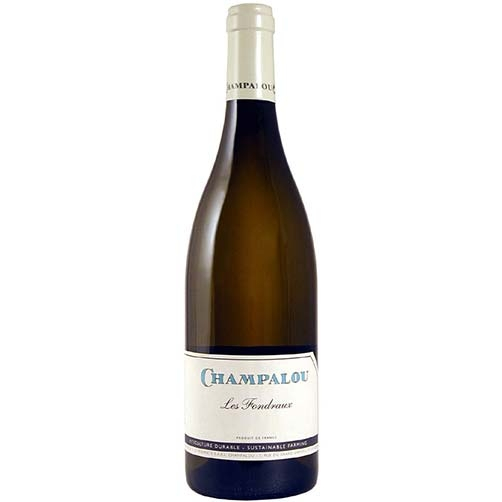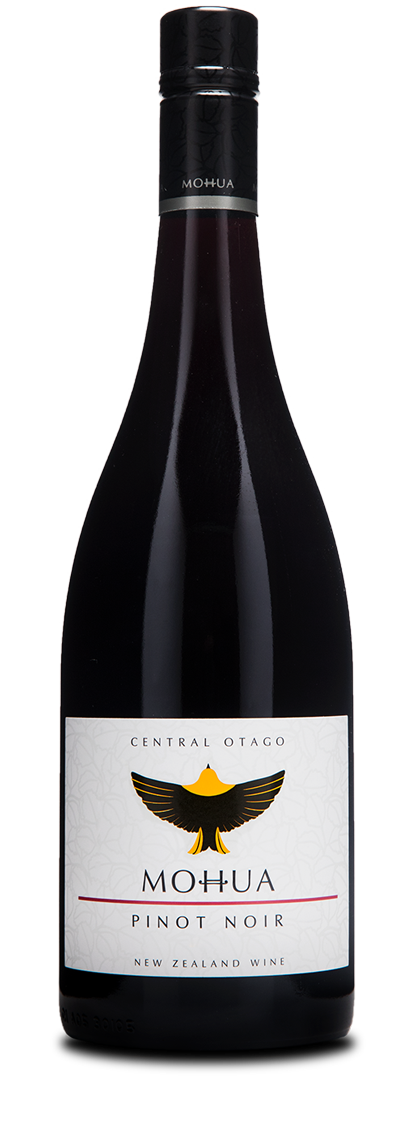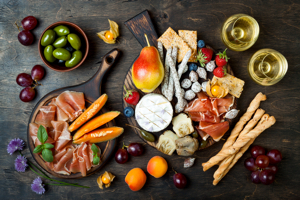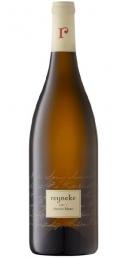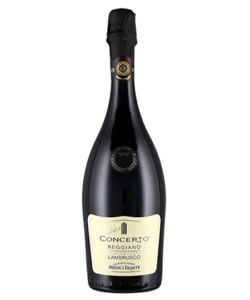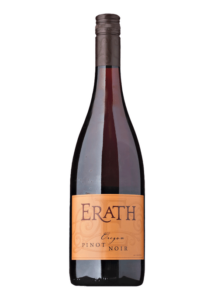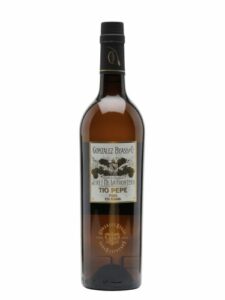A few weeks ago I Coravined a glass of the 2019 Mullineaux Quartz Chenin Blanc ‘Leliefontein’ from Swartland, South Africa in preparation for my WSET Diploma tasting exam to meet the “high quality Chenin Blanc” recommended tasting. It was so amazing that a few days ago I popped the cork and finished off the bottle, by myself! Then I bought a few more bottles from my fave wine shop.
So let’s talk Chenin and Swartland. Chenin Blanc is a grape that makes it primary home in The Loire Valley of France where it can be found in dry versions (Savennieres), off-dry to sweet versions (Vouvray), and even sparkling. However, its second home is in South Africa, which produces more Chenin than any place else in the world.
In South Africa, Chenin will always be dry and typically riper and fuller than in Loire (which will have more minerality and higher acidity) due to the warmer climate and different soil types. Chenin Blanc has a wide range of flavors, but generally tastes like yellow apples, pear, peach, ginger and passionfruit.
South African Chenin can vary in price and quality, with uninteresting, one-dimensional versions as low as $10/bottle, all the way through beautifully complex and rich versions, such as this Mullineaux in the $60/bottle range. The best Chenin Blanc in South Africa comes from Swartland, an area I am kind of obsessed with due to its new generation of young winemakers that have revived very old abandoned vines, and are producing wines with minimal intervention that reflect a true sense of place.
Swartland is located about an hour northeast of Cape Town. It is hot and dry, with infertile granite and shale soil, making any form of agriculture challenging. It was mainly a region for bulk wine, dominated by low quality co-operatives that essentially neglected the existing vines. Then, in the late 1990s, some young winemakers, led by Charles Back of Spice Route, purchased old vineyards in the area and started something amazing.
These winemakers saw the incredible value in these old, bush trained vines (grown into low bushes rather than upright on trellises) that were decades old and producing very low yields. These vines had learned to survive in a dry, hostile environment, completely neglected and without any irrigation. To find water, the vines had to develop deep rooting systems to seek out meager water being held deep in the soil. The result are vines that are hardy, drought resistant, dry farmed and producing very low yields of deeply concentrated fruit.
These winemakers wanted to express the uniqueness of Swartland and started an organization called “The Swartland Independent Producers Association”, made up of a small group of like-minded producers. They adhere to the following standards:
- The wines must grown, vinified, matured and bottled in Swartland
- At least 80% of a producer’s entire wine production must be under his/her own label, meaning no selling grapes to co-ops or large companies
- The wine must be naturally produced with minimal intervention: only wild yeasts, no added acid, no added tannin, no chemical fining, no technological processing (such as reverse osmosis)
- Only specific grape varieties are permitted, such as Syrah, Cinsault and Chenin Blanc – Chardonnay and Cabernet Sauvignon are not allowed!
- No more than 25% new oak barrels are permitted, so the new oak flavors don’t mask the character of the grapes and the land
The result are wines of intense concentration and complexity that are produced with tremendous care and respect for the land. Some excellent producers to look for from Swartland are Spice Route, Mullineaux, The Sadie Family and A.A. Badenhorst.
South Africa’s wine industry has been devastated by Covid-19, since they were restricted from selling wine five different times throughout the pandemic. Many wineries did not survive, and there is a glut of wine that has remained unsold. There is no better time to support South Africa’s wine industry than now. The export situation is getting better and we are starting to see better quality South African wines on the store shelves in the U.S.
If you do decide to purchase a wine from South Africa, spend the money on a better bottle. There aren’t a lot of “value wines” (meaning low priced, good quality). For South African wines, you get what you pay for, so if you can spend a little more, you won’t regret it. I am a huge fan of South African wines. Cheers!
